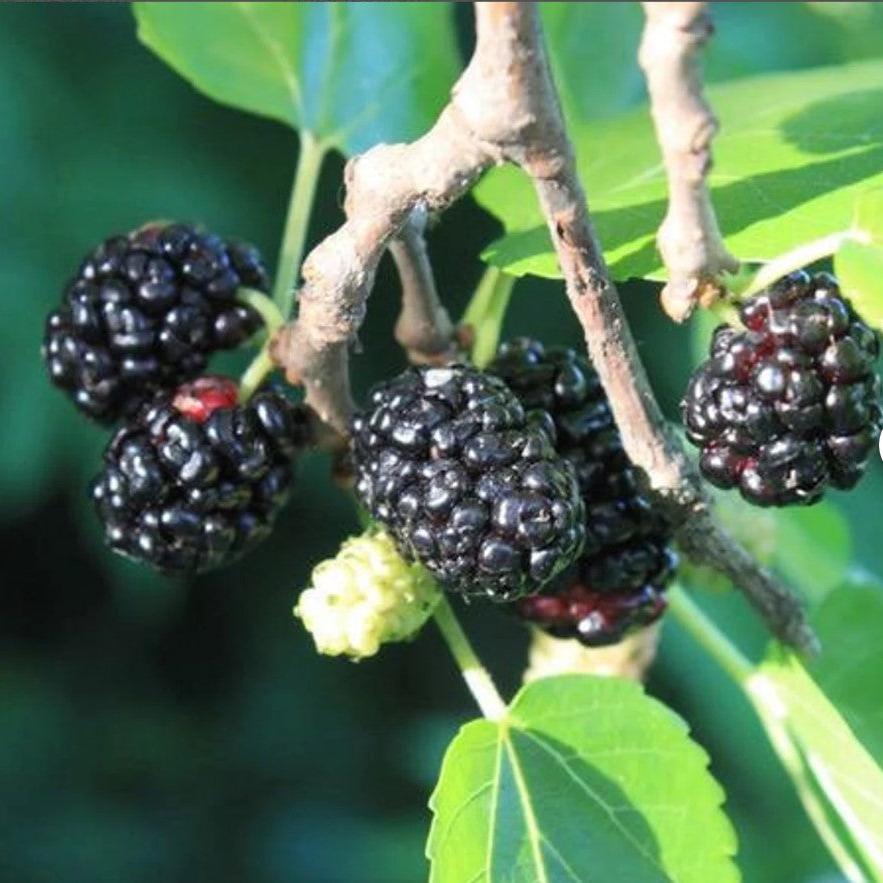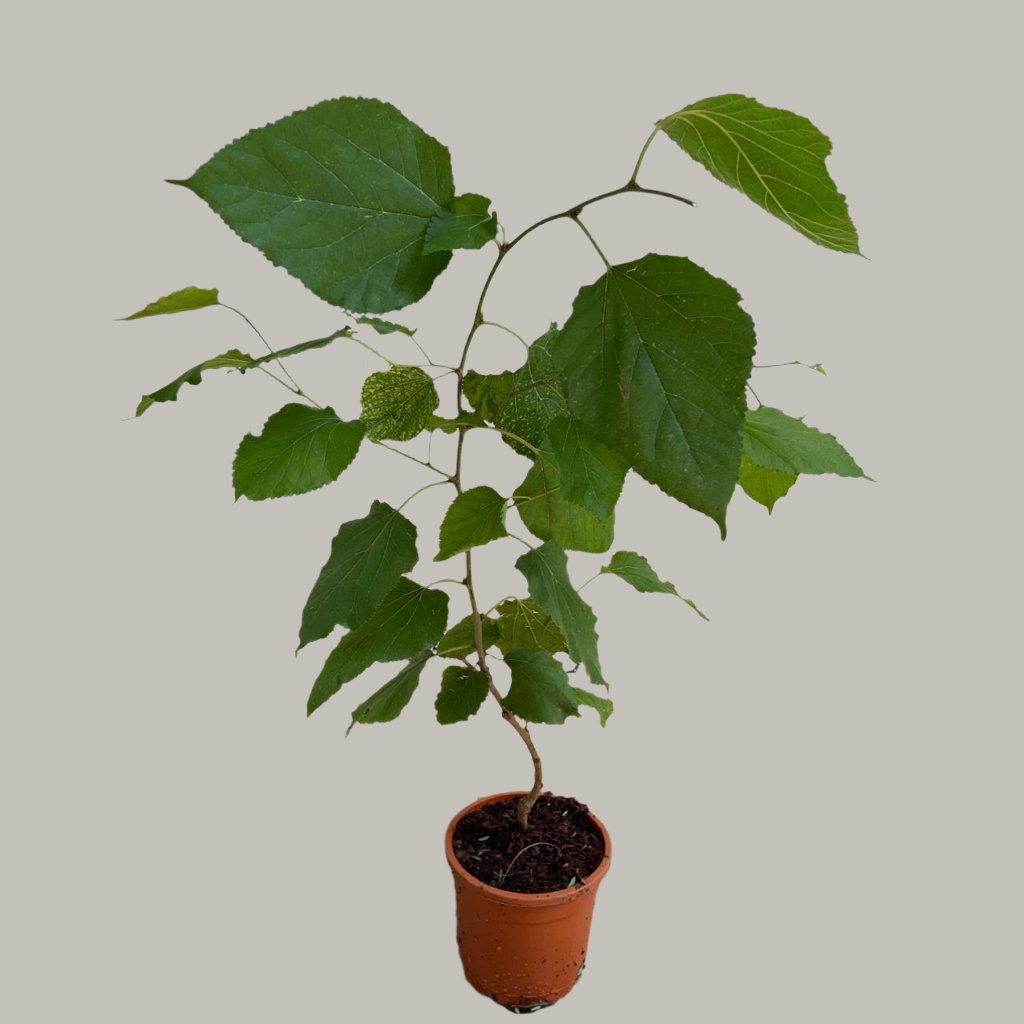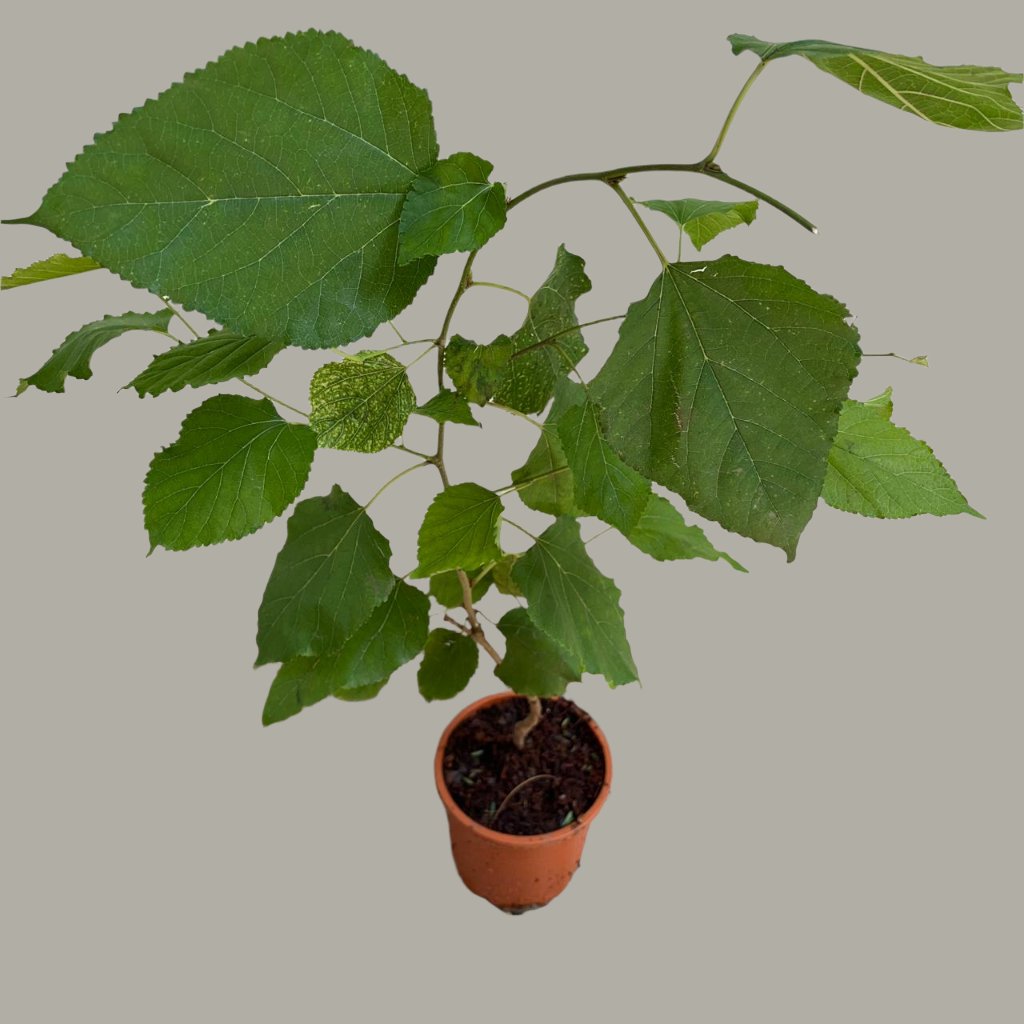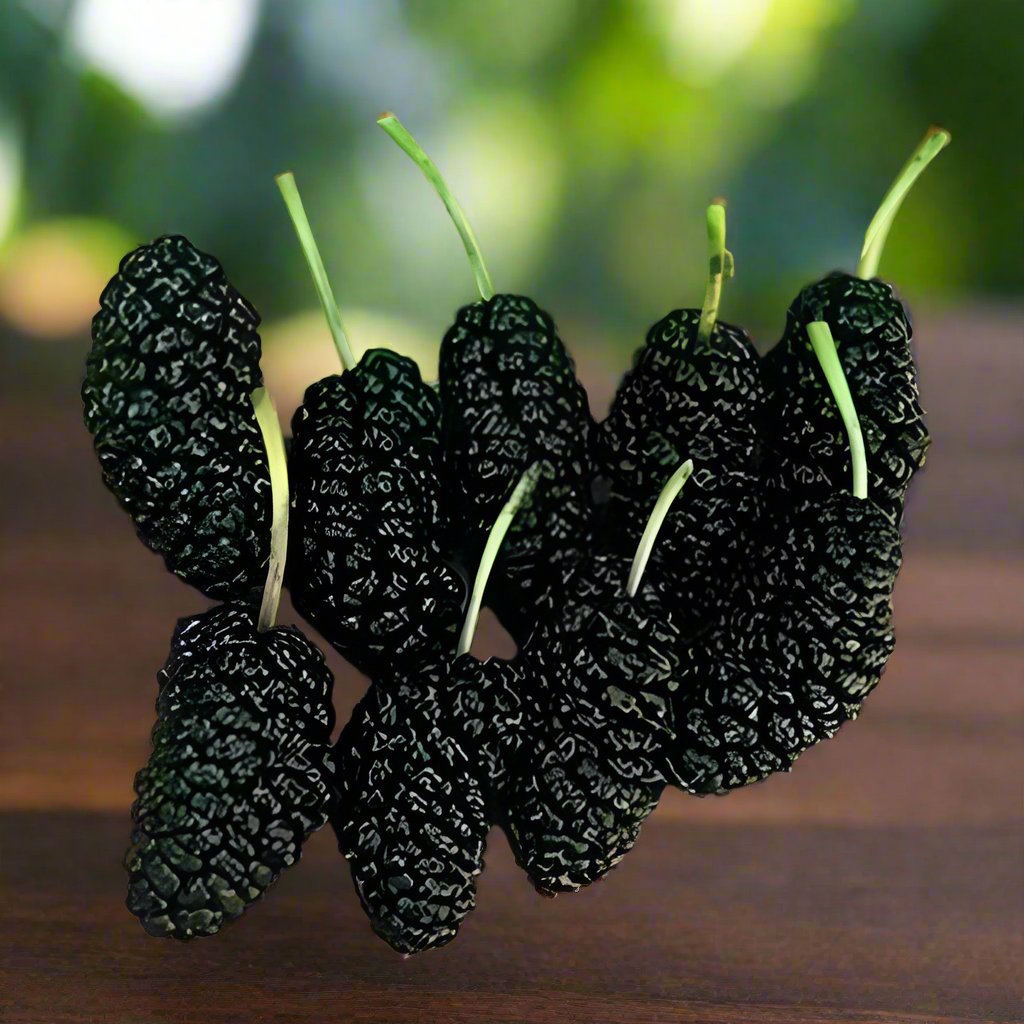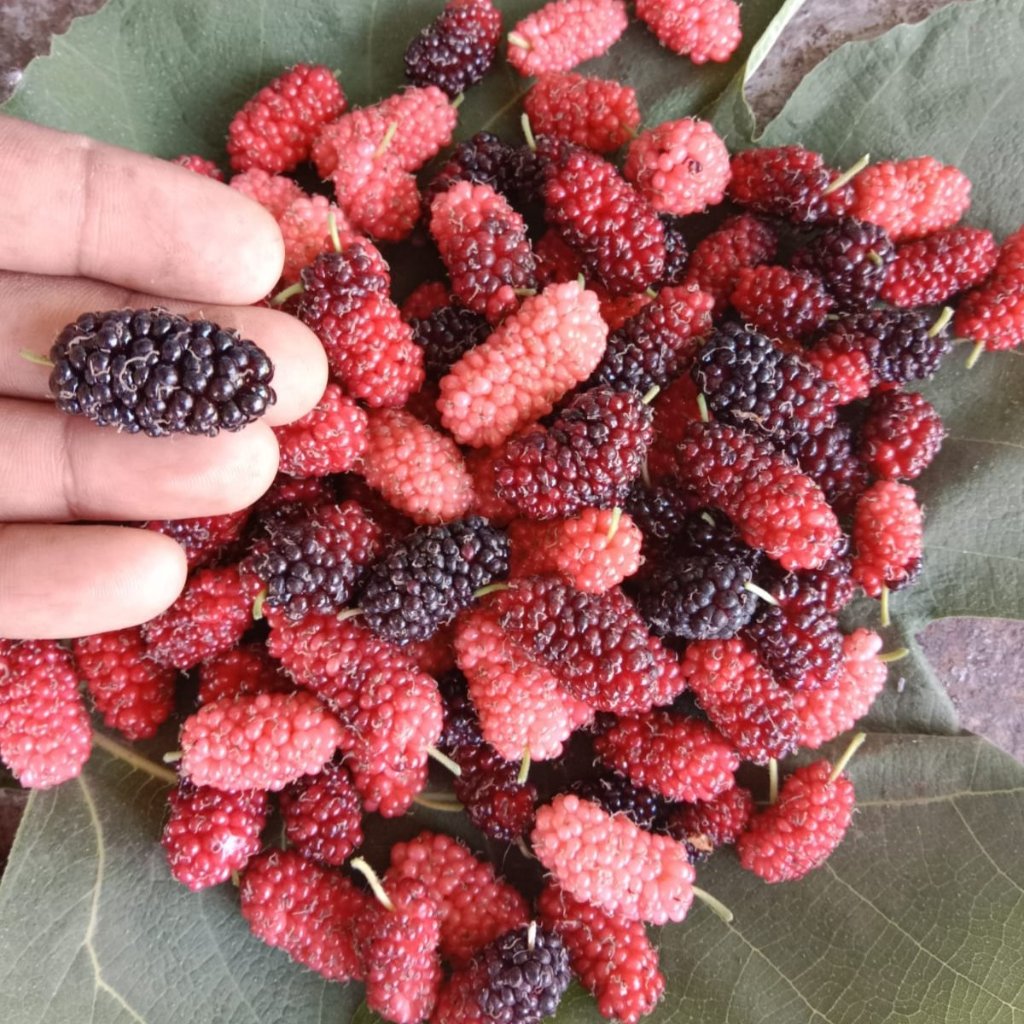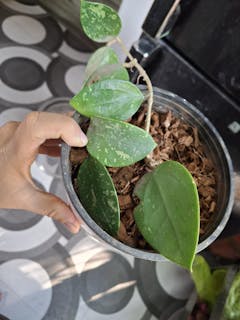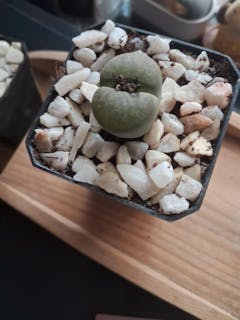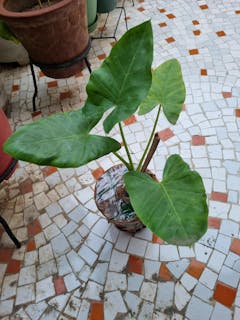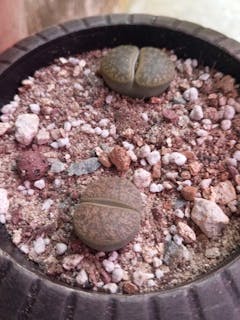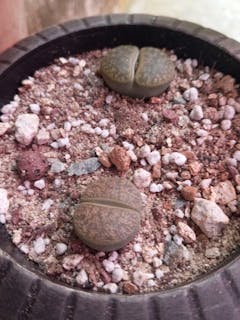Morus nigra
Family
Moraceae
Origin
Southwestern Asia
Description
The Persian Black Mulberry Plant, also known as the ShahToot, is a deciduous shrub or slender tree with a dense spreading crown of numerous branches. Its large heart-shaped leaves are rough and often unlobed, giving the plant a sturdy appearance. The lower leaf surface is covered in soft, downy hair, while the upper surface has a sandpaper-like feel.
The greenish to white inconspicuous flowers appear in clusters in the spring, with male and female flowers occurring either on the same tree or separate trees, developing into delicious, dark red, and juicy fruit with a perfect balance of sour and sweet flavors. Although the fruit may resemble a blackberry in appearance, the taste, texture, and growth habits are unique to the Persian Black Mulberry Plant.
With a slower growth rate compared to other mulberry trees, the ShahToot can produce fruit throughout the summer months.
Environment
Plant Mulberry plant in a sunny, sheltered spot with plenty of space to expand its sprawling shape.
Mulberry trees thrive in deep, well-drained soil enriched with manure or compost. Mulberry While newly planted trees need regular watering from spring to autumn in the first few years, established trees can withstand dry spells or free-draining soil.
Container plants require consistent watering during the growing season, especially in summer. Don't forget to feed your mulberry tree in the spring with organic matter and a high-potassium fertilizer to boost fruit production.
Landscape Uses
Persian Black Mulberry trees are the perfect centerpiece for any large lawn, adding beauty and longevity to your surroundings.

